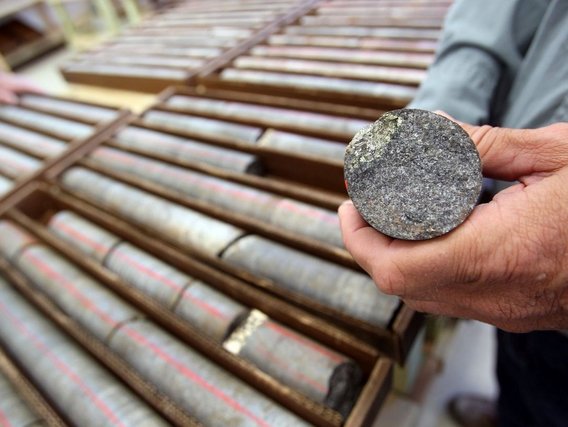
Sampling is a statistical technique that means extracting from the whole (population) a part (sample) for the purpose of evaluating certain characteristics of this population.
A good mining project is developed in stages that are previously defined on the basis of results obtained from samples of rock, soil, stream sediment, battery concentrate, water, ROM, plant concentrates, etc., which after being collected have their mineralogical content and/or composition, specific weight, porosity, humidity, granulometry determined by various chemical, mineralogical, physical and physicochemical analysis techniques; as well as samples of data obtained through structural and geophysical measurements, for example.
Economic evaluation studies, mining planning and forecasting the performance of a mining project are based on estimates of ore content and quantity. These estimates, in turn, are based on samples selected according to a sampling plan. The more representative the samples, the more precise and accurate the estimates will be. A sample can be defined as a reduced fraction of a body or population that summarises certain characteristics of the whole. For this representativeness to occur, it is necessary to adopt criteria and methods that make it possible to maintain the intrinsic errors of each stage, from collecting the sample to interpreting the data interpretation within acceptable and controlled limits.